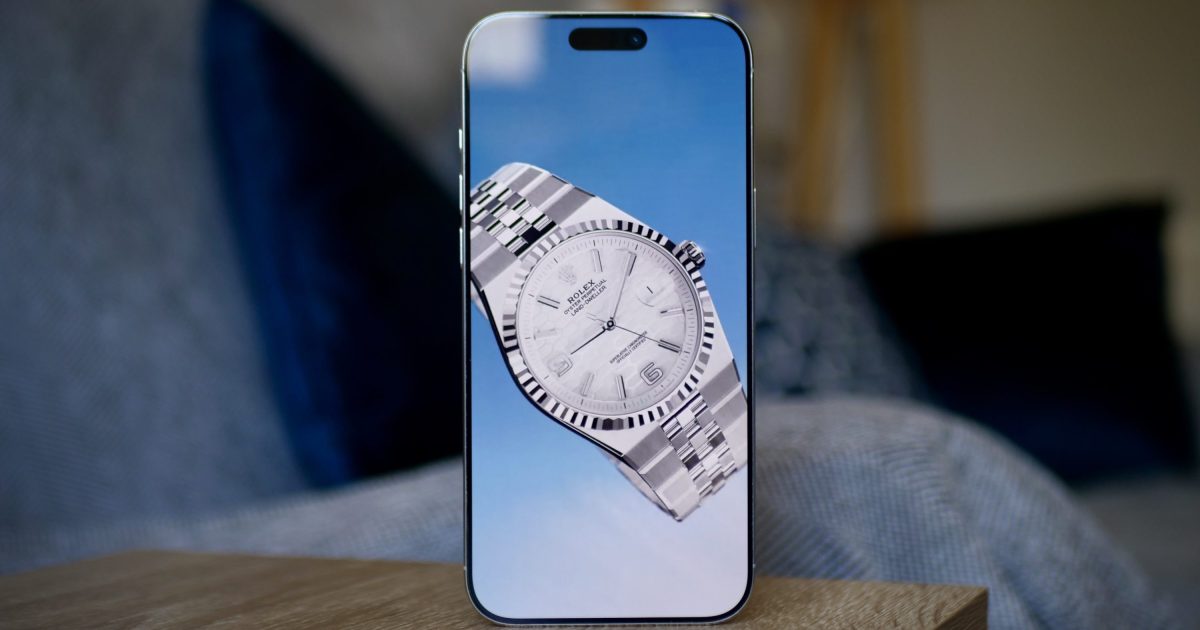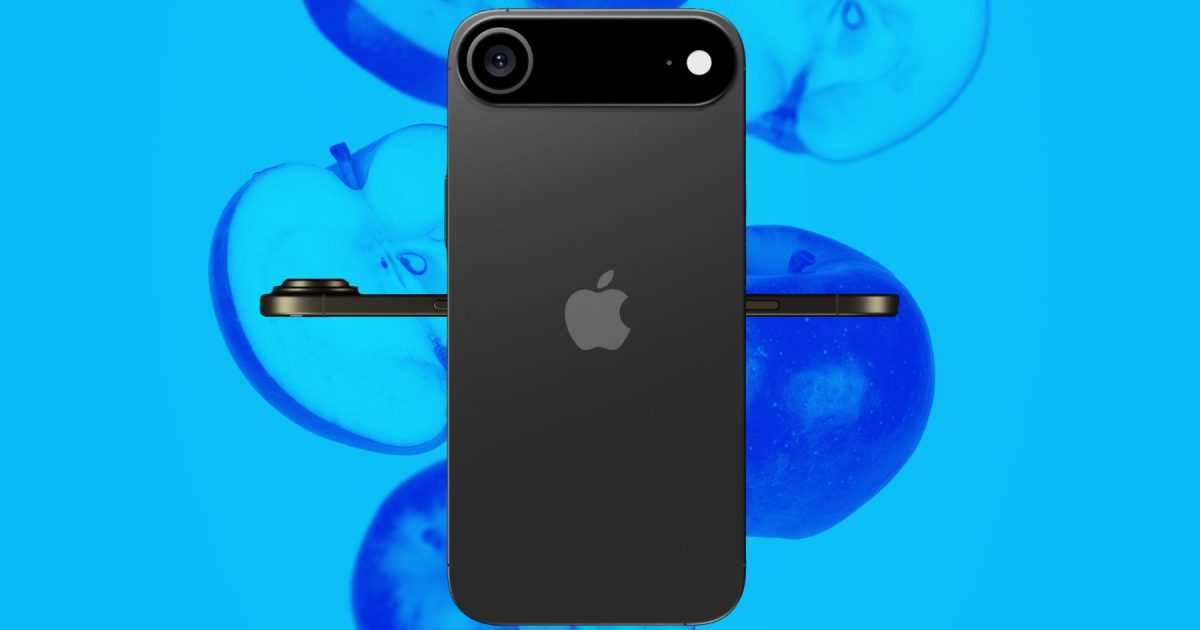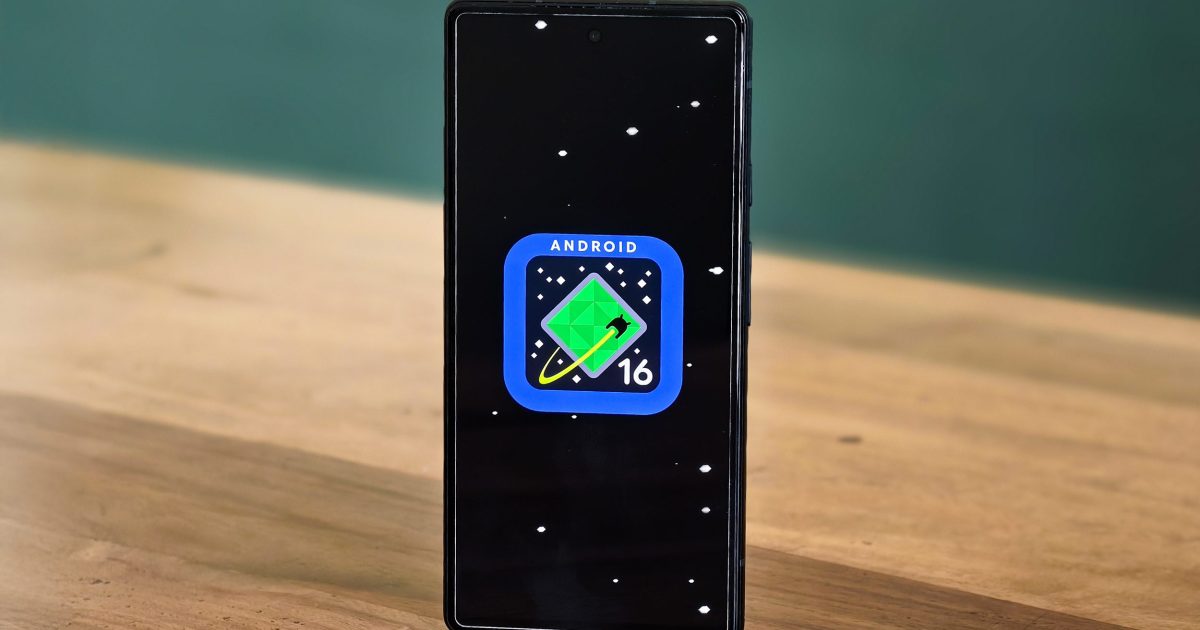Smartphones have become indispensable, but their true cost often extends far beyond the sticker price. From monthly service fees and taxes to insurance and accessories, understanding the complete financial picture is crucial for effective budgeting. This article breaks down the various expenses associated with smartphone ownership in the US, helping you calculate the real cost and make informed decisions.
Device Payments and Depreciation
The most obvious cost is the device itself. High-end smartphones can easily exceed $1,000, leading to substantial monthly payments if financed over 24 or 36 months. A $1,200 phone, for example, translates to $50 monthly installments (excluding interest). Even if purchased outright, consider the opportunity cost – that money could have been invested elsewhere. Depreciation also plays a role, as your device loses value over time.
Essential Service Plans
A smartphone is useless without a service plan. Major carriers and smaller MVNOs offer various plans, significantly impacting monthly expenses. Basic individual plans with limited data range from $30 to $50 per month, while unlimited data plans typically cost $60 to $90 or more, depending on features and carrier. Family plans, though offering per-line savings, still represent a substantial monthly outlay for households. Scrutinize plan details, including data limits, throttling policies, and overage charges.
Hidden Taxes and Fees
The advertised price of a service plan rarely reflects the final bill. Taxes and carrier fees (administrative, regulatory, etc.) can significantly inflate the monthly cost, varying by location. A $60 plan could easily reach $70 or more after these additions.
Insurance and Protection Plans
Given their fragility and repair costs, many opt for insurance or protection plans to cover accidental damage, loss, or theft. These plans add a monthly premium, typically ranging from $8 to $15 or more.
 A woman with a TORRAS case on her iPhone.
A woman with a TORRAS case on her iPhone.
Accessories: Cases, Chargers, and More
While not strictly essential, accessories contribute to the overall cost of ownership. Cases and screen protectors, crucial for device protection, can cost $10 to $50 or more upfront. Chargers, cables, and headphones also add to expenses over time.
The Subscription Ecosystem
Smartphones are gateways to numerous subscription services, further impacting monthly spending. Streaming services (Netflix, Spotify, etc.), cloud storage, gaming subscriptions, and various productivity or news apps can easily add $30 to $60 or more per month.
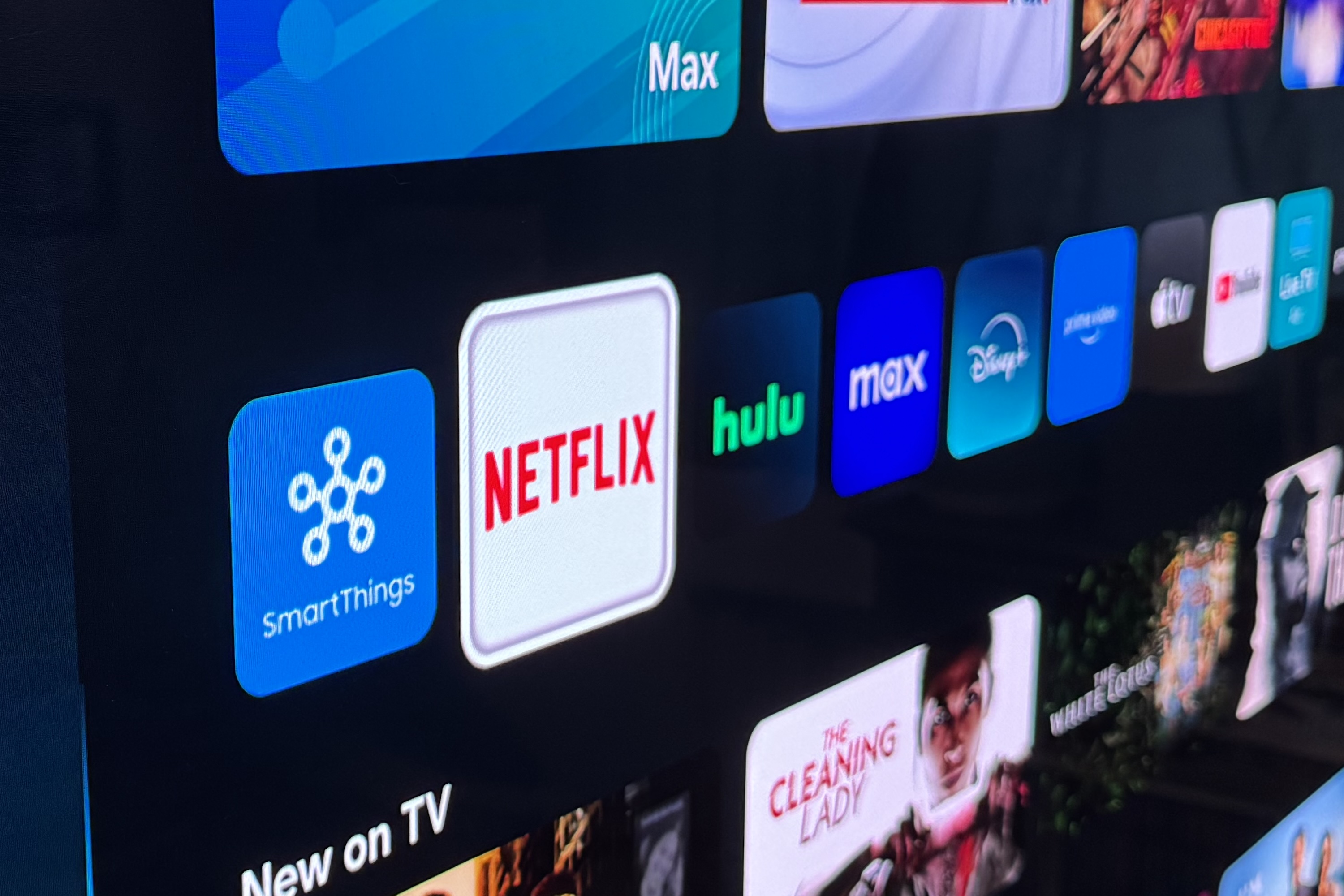 The Netflix app being displayed on a Samsung S90C OLED TV.
The Netflix app being displayed on a Samsung S90C OLED TV.
Calculating Your True Monthly Cost
To determine your actual monthly smartphone expenditure:
- Device cost: Divide the purchase price by its expected lifespan (24-36 months). If financed, use the monthly payment.
- Service plan: Include taxes and fees.
- Insurance: Add the monthly premium.
- Accessories: Estimate a monthly average.
- Subscriptions: Sum the costs of smartphone-related subscriptions.
Real-World Example
An iPhone 16 Pro Max on a financed plan with unlimited data, insurance, and subscriptions could result in a monthly cost exceeding $200. This includes device financing, data plan, taxes and fees, AppleCare, and subscriptions like Apple One and Netflix.
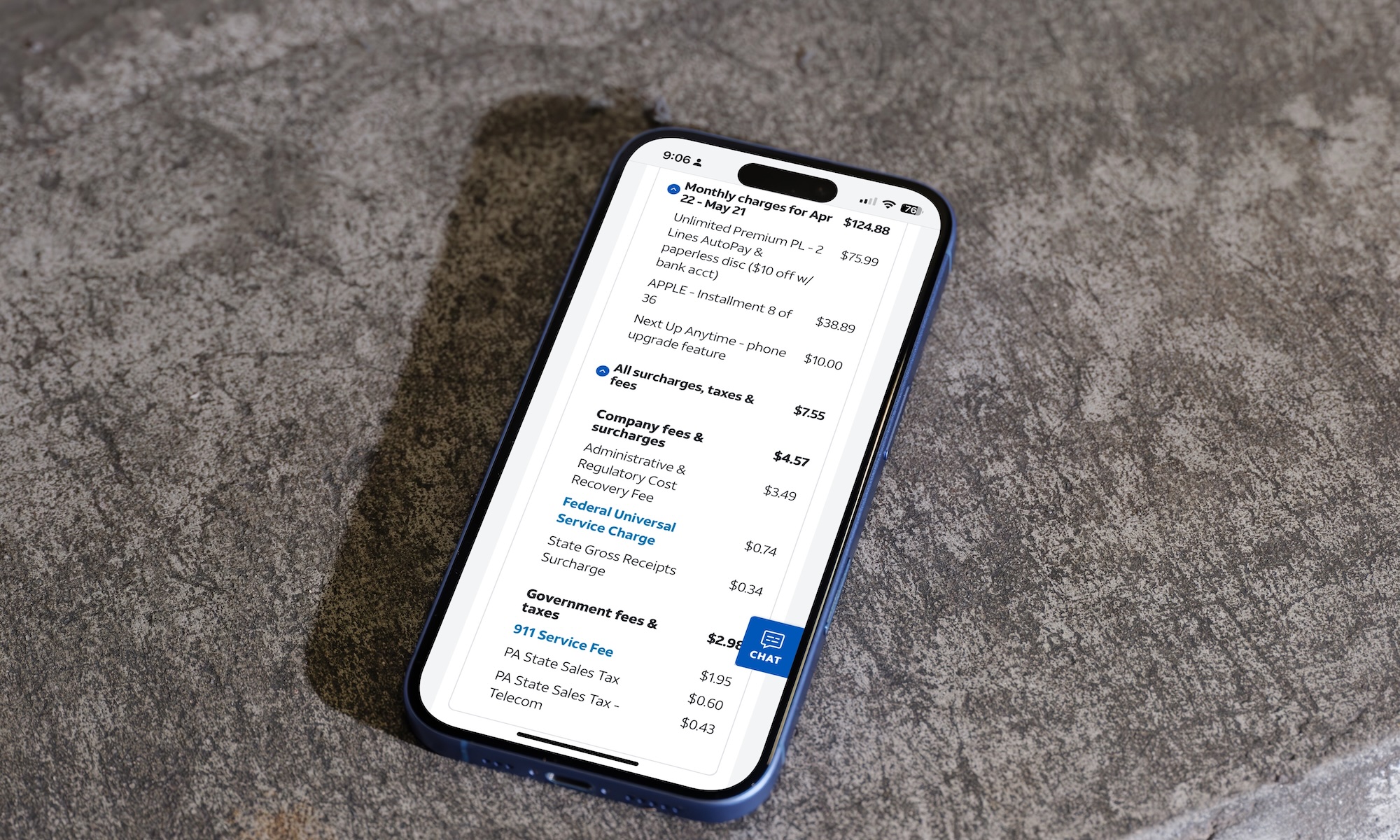 True costs of phones.
True costs of phones.
Lowering Your Monthly Smartphone Costs
Several strategies can reduce expenses. Cutting discretionary subscriptions, forgoing insurance, switching to a cheaper data plan, buying a refurbished or less expensive device, and seeking sales can all contribute to significant savings.
Conclusion
Smartphones offer unparalleled convenience, but their true cost encompasses much more than the initial purchase price. By considering all associated expenses – device payments, service plans, taxes, insurance, accessories, and subscriptions – you can accurately assess the financial commitment and make informed decisions to manage your smartphone budget effectively. Careful planning and smart choices can ensure your smartphone remains a valuable tool without becoming a financial burden.




